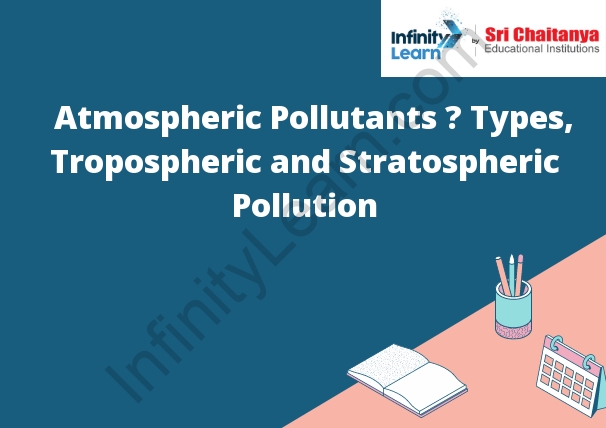Table of Contents
What are the Types of Pollution? ;
There are six main types of pollution: water pollution, air pollution, soil pollution, noise pollution, light pollution, and thermal pollution.

Tropospheric Pollution
Tropospheric pollution is the result of human activities that release pollutants into the atmosphere. These pollutants include gases such as carbon dioxide, methane, and ozone, as well as particulate matter such as smoke, soot, and dust.
The most significant contributor to tropospheric pollution is the burning of fossil fuels, which releases greenhouse gases that trap heat and contribute to global climate change. Other sources of tropospheric pollution include agriculture, deforestation, and the burning of waste.
Tropospheric pollution can cause a wide range of health and environmental problems. It can lead to respiratory problems, heart disease, and other illnesses, and it can also damage crops and ecosystems.
Stratospheric Pollution
The stratosphere is the layer of the Earth’s atmosphere that is located just above the troposphere, the layer of the atmosphere that contains the bulk of the Earth’s weather. The stratosphere is home to the ozone layer, which is responsible for absorbing most of the Sun’s ultraviolet radiation.
Stratospheric pollution is the release of pollutants into the stratosphere. These pollutants can include chemicals that damage the ozone layer, such as chlorofluorocarbons (CFCs) and hydrofluorocarbons (HFCs). Stratospheric pollution can also include particles that contribute to global dimming, a phenomenon in which global temperatures are decreased due to the increased amount of sunlight that is being reflected back into space.







